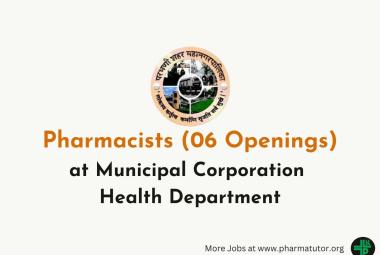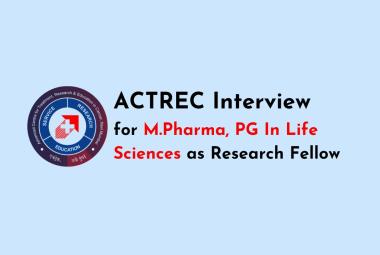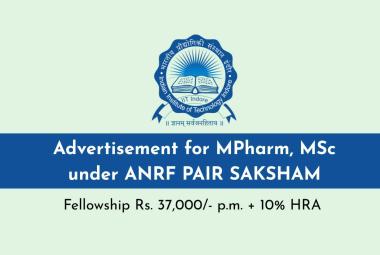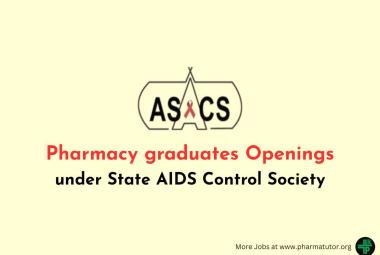CLEANING VALIDATION IN PHARMACEUTICAL INDUSTRY - AN OVERVIEW
{ DOWNLOAD AS PDF }
ABOUT AUTHORS
Sadanand Maurya*1, Devendra Goyal2, Chandan Verma1
1 Department of Quality Assurance in Macleods Pharmaceutical Limited
2 Department of Production in Macleods Pharmaceutical Limited
*sadanandmpharma@gmail.com
ABSTRACT
Manufacturing of Pharmaceutical products shall demonstrate a control to reproduce consistently the desired quality of product, wherein the control of cross-contamination plays an important role. An effective cleaning shall be in place to provide documented evidence that the cleaning methods employed within a facility consistently controls potential carryover of product (including intermediates and impurities), cleaning agents and extraneous material into subsequent product to a level which is below predetermined levels. Pharmaceutical manufacturers must validate their cleaning process to ensure compliance with cGMP regulations. So it is necessary to validate the cleaning procedures to ensure safety, efficacy, quality of the subsequent batches of drug product and regulatory requirements in Pharmaceutical product manufacture. In this article cleaning validation and cleaning validation program discussed in brief.



 ABOUT AUTHOR
ABOUT AUTHOR ABOUT AUTHORS
ABOUT AUTHORS ABOUT AUTHORS
ABOUT AUTHORS ABOUT AUTHOR
ABOUT AUTHOR






